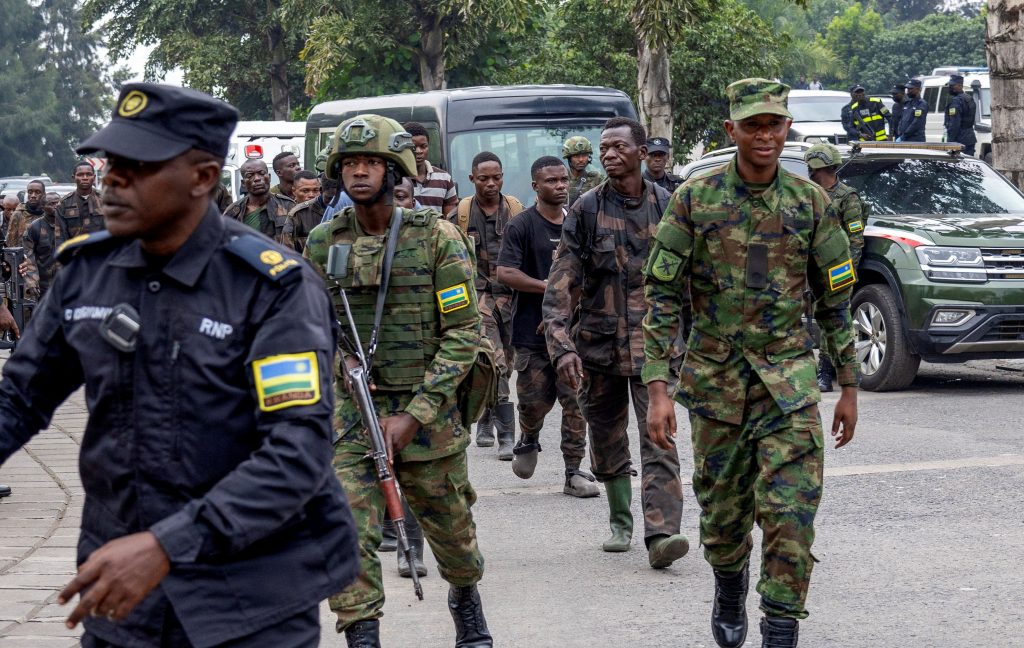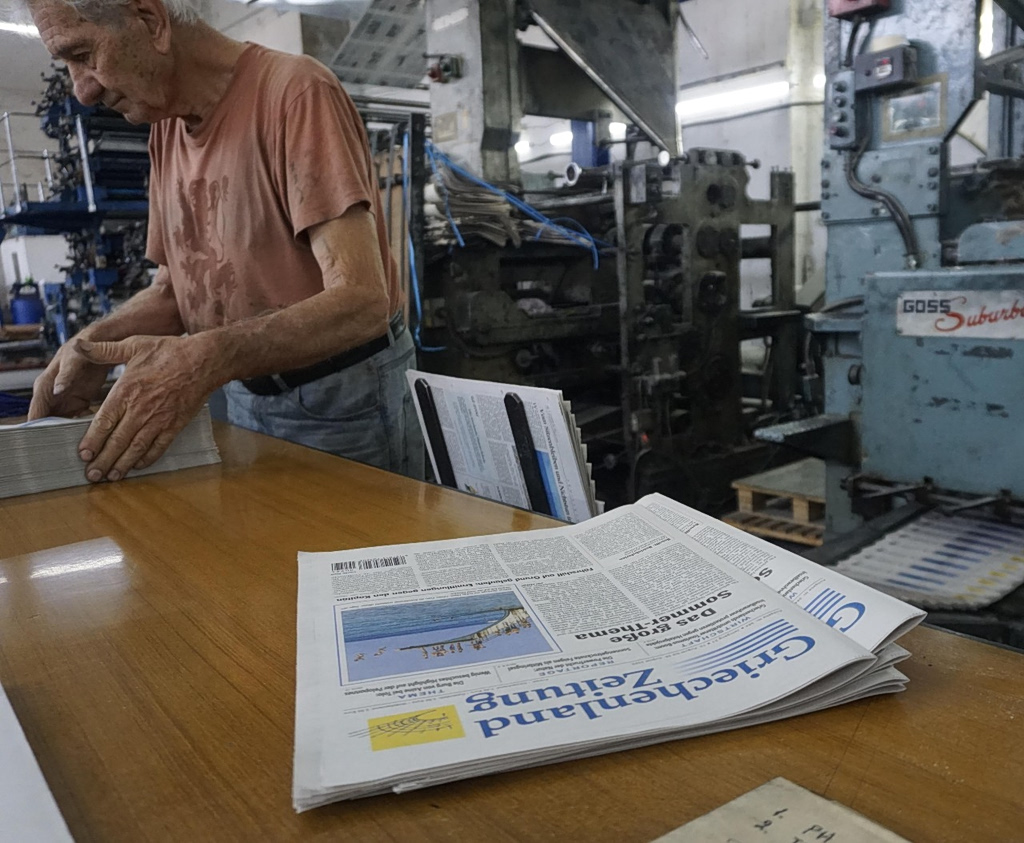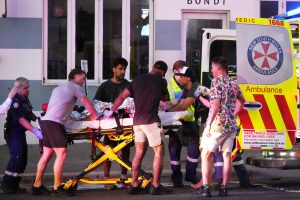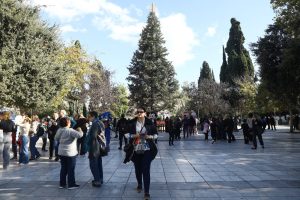Rwandan-backed M23 rebels have consolidated control over Goma, a city of nearly two million people in eastern Congo just two days after Monday’s rebel advance, marking the most severe escalation of violence between the two countries in over a decade.
Hospitals in the city are overwhelmed, and U.N. peacekeepers have largely withdrawn to their bases. The rebels took control of Goma’s international airport on Tuesday, potentially cutting off crucial humanitarian aid to hundreds of thousands of displaced people in the war-torn region.

A health worker attends to a newly admitted patient with a suspected bullet wound at the CBCA Ndosho hospital following the intensification of fighting between M23 rebels and the Armed Forces of the Democratic Republic of the Congo (FARDC), in the town of Sake, near Goma, in eastern Democratic Republic of Congo, January 23, 2025. REUTERS/Arlette Bashizi TPX IMAGES OF THE DAY
International Response and Calls for Ceasefire
The United States has expressed deep concern over the fall of this strategic city. In response to the crisis, Washington urged the U.N. Security Council to consider measures to halt the offensive, while the African Union demanded the immediate withdrawal of M23 from occupied areas. In a phone call with U.S. Secretary of State Marco Rubio, Rwandan President Paul Kagame acknowledged the need for a ceasefire but did not indicate whether Rwanda would comply with demands to withdraw from Goma.
Accroding to Reuters, Rubio reportedly told Kagame that Washington was “deeply troubled” by the escalation and emphasized respect for sovereign territorial integrity. Meanwhile, the East African Community (EAC), which includes both Rwanda and Congo, planned an emergency summit on Wednesday. Kagame was expected to attend, but Congolese President Félix Tshisekedi was not, according to government sources. Tshisekedi is set to address the nation later today, marking his first public statement since the rebels’ advance.

Dorothy Camille Shea, Deputy U.S. Representative to the United Nations, speaks during a meeting of the United Nations Security Council on the situation concerning the Democratic Republic of the Congo, at U.N. headquarters in New York City, U.S., January 28, 2025. REUTERS/Brendan McDermid
In the Congolese capital, Kinshasa, protesters expressed outrage over what they perceive as foreign interference. On Tuesday, demonstrators attacked a U.N. compound and the embassies of Rwanda, France, and the United States. The public anger highlights growing frustrations with both international diplomacy and regional actors who have failed to curb the ongoing violence.
M23 previously captured Goma in 2012 but withdrew after significant international pressure and threats to cut foreign aid to Rwanda. However, analysts suggest that such pressure is unlikely to materialize this time due to Rwanda’s role as a key geopolitical partner in the region.

M23 rebels stand in position at the Grande Barrier border amid clashes with the Armed Forces of the Democratic Republic of the Congo (FARDC), at the border crossing point at Gisenyi, in Rubavu district, Rwanda, January 29, 2025. REUTERS/Thomas Mukoya
Historical Context and Regional Tensions
The M23 rebel group, an ethnic Tutsi-led insurgency backed by Rwanda, has a history of destabilizing eastern Congo. Its origins trace back to the aftermath of the 1994 Rwandan genocide, when Hutu extremists massacred Tutsis and moderate Hutus before being ousted by Tutsi-led forces under Kagame. Rwanda has long claimed that perpetrators of the genocide have taken refuge in Congo, posing a threat to Congolese Tutsis and to Rwanda itself.
Congo, however, rejects these claims and accuses Rwanda of using proxy militias to exploit its mineral wealth, particularly coltan, a crucial component in smartphone production. Tensions between the two nations reached a boiling point on Monday when their respective armies exchanged fire across the border, with Rwanda reporting at least nine casualties.
The Situation in Goma: Resistance and Humanitarian Crisis
While M23 appears to have taken full control of the city, local militias known as Wazalendo, who have been aligned with the Congolese government since 2022, were reportedly still active in northern districts. A resident of Majengo, a neighborhood in Goma, said sporadic gunfire was likely coming from these militia fighters.

FILE PHOTO: Rwandan security officers escort members of the Armed Forces of the Democratic Republic of the Congo (FARDC), who surrendered in Goma, eastern Democratic Republic of Congo, following fighting between M23 rebels and the FARDC, in Gisenyi, Rwanda, January 27, 2025. REUTERS/Jean Bizimana/File Photo
On Tuesday, hundreds of government soldiers and militia fighters were seen gathered at Goma’s main stadium, apparently surrendering in what M23 described as a “disarmament process.” Bertrand Bisimwa, head of M23’s political wing, claimed that the last pockets of resistance had been subdued and that the rebels were ensuring “total security” in the city.
For civilians, however, the situation remains dire. Goma’s four main hospitals have treated at least 760 wounded individuals, but many others have died outside medical facilities due to the overwhelming number of casualties. The U.N. humanitarian office also received reports of sexual violence committed by fighters.



